Rapid ascent from Terai to high Himalayas poses serious health risks, warn tourism stakeholders

August 21, Kathmandu: Tourism stakeholders in Pokhara have raised alarms about the serious health risks posed by rapid ascents from Nepal’s low-lying Terai region to high-altitude Himalayan destinations like Muktinath, particularly due to acute mountain sickness (AMS).
At a discussion program held on Wednesday, organised by Gharpajhong Rural Municipality of Mustang and coordinated by the Hotel Association Pokhara Nepal, experts highlighted the growing dangers of such travel patterns, especially among tourists from Terai and nearby Indian cities. With improved road connectivity, tourists are increasingly travelling from the Terai, at roughly 100 meters above sea level, to Muktinath, at 3,000 to 3,500 meters, in a single day.
Laxman Subedi, President of the Hotel Association Pokhara Nepal, called this practice highly detrimental to human health. He noted that many Indian tourists rush to Muktinath for a day trip, often returning without overnight stays in Mustang or Pokhara, which not only increases health risks but also shortens their stay, impacting local tourism economies. Subedi recalled tragic cases where tourists have lost their lives to altitude sickness due to such hurried trips.
Gandaki Province Assembly member Bikal Sherchan emphasised that the Annapurna region’s tourism, centred on the Annapurna Circuit Trek, requires better awareness and infrastructure. He suggested installing clear information boards and awareness materials at key points to educate tourists about altitude risks. Sherchan said he is committed to raising this issue in the provincial assembly to drive policy changes.
Bharat Raj Parajuli, a central member of the Hotel Association Nepal, advocated for a well-equipped information centre in Pokhara to provide tourists with critical health and safety guidance, which could also extend their stays. He stressed that tourist safety, environmental protection, and longer stays are interconnected priorities for sustainable tourism.
Hari Prasad Sharma Gaihre, President of the Hotel Association Nepal Gandaki and coordinator of the Hotel Association Pokhara Nepal’s advisory council, recalled a recent statement by his organisation urging against the risky practice of rushing tourists to high altitudes. He emphasised the need to discourage such trends to protect visitors.
Mohan Singh Lalchan, Chair of Gharpajhong Rural Municipality, reiterated that ascending from lowlands to over 2,800 meters in a short time is highly dangerous. He noted that some tourists from flat regions underestimate the challenges of high altitudes, assuming conditions are similar, which exacerbates health risks.
Dr. Rabin Kadariya, head of the Annapurna Conservation Area Project (ACAP), affirmed ACAP’s commitment to tourist safety. With 2,450 hotels in the ACAP region, he highlighted ongoing efforts with management committees to enhance safety measures. Given the region’s status as an adventure tourism hub, he urged stakeholders to collaborate in preparing tourists adequately.
Data from ACAP revealed that in the last fiscal year, 18 tourists died in the Annapurna Conservation Area due to altitude sickness, including six Nepalis, eight Indians, and one each from the USA, Germany, Korea, and Switzerland. Mustang District Police Office reported that in 2024 alone, 11 tourists—eight Indians, two Nepalis, and one American—died in Mustang due to AMS, underscoring the higher risk among Indian tourists.
Maniraj Lamichhane, head of the Nepal Tourism Board’s Gandaki office, suggested distributing awareness booklets and installing information boards at strategic locations, pledging the board’s support. Krishna Prasad Acharya, President of the Trekking Agencies’ Association of Nepal (TAAN) Gandaki, highlighted that mandatory Trekking Information Management System (TIMS) cards could enhance tourist safety.
Rajesh Pahari, Vice President of the Nepal Association of Tour and Travel Agents (NATTA) Gandaki, emphasised the need for both policy and regulation to ensure tourist safety.
Hari Bhujel, First Vice President of the Pokhara Tourism Council, called for identifying and addressing businesses or groups that jeopardise tourists’ health with rushed itineraries to Muktinath. Dharmaraj Panthi, former TAAN Gandaki President, urged the government to introduce policies ensuring tourist safety.
Durgadatta Dahal, President of the Nepal Tourist Transport Entrepreneurs Association, Gandaki, recalled past efforts to draw government attention to the risks of rapid ascents. Bedhari Adhikari, Chief Administrative Officer of Gharpajhong Rural Municipality, noted that stakeholders also raised concerns about the need for professional conduct among drivers transporting tourists.
The discussion underscored the urgent need for awareness, better infrastructure, and stricter regulations to mitigate health risks from rapid altitude gains, ensuring safer and more sustainable tourism in Nepal’s high Himalayas.



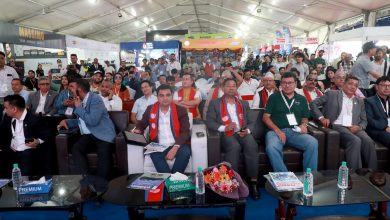
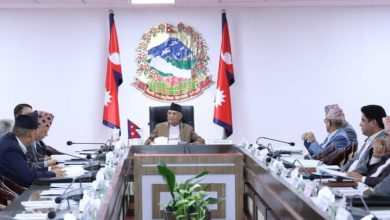
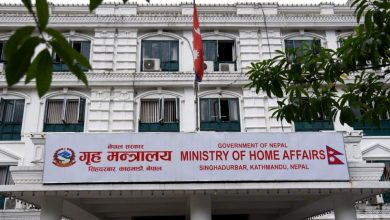

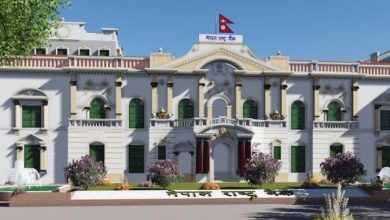
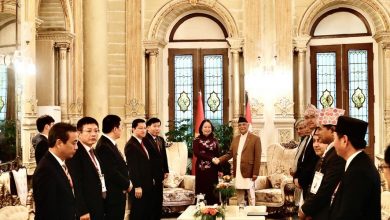
Comments